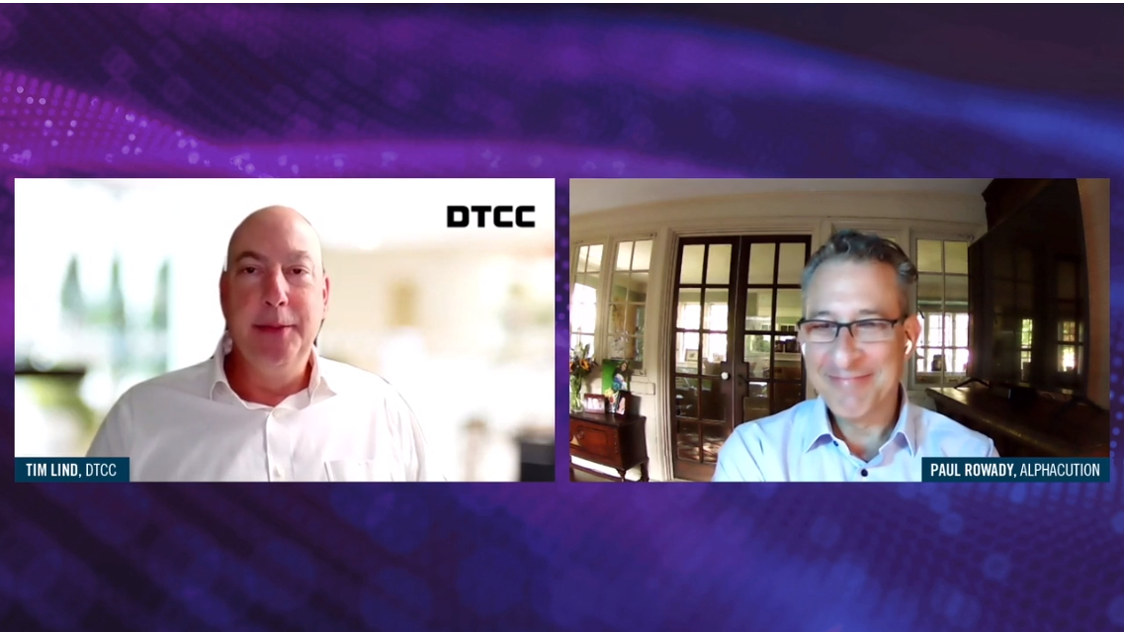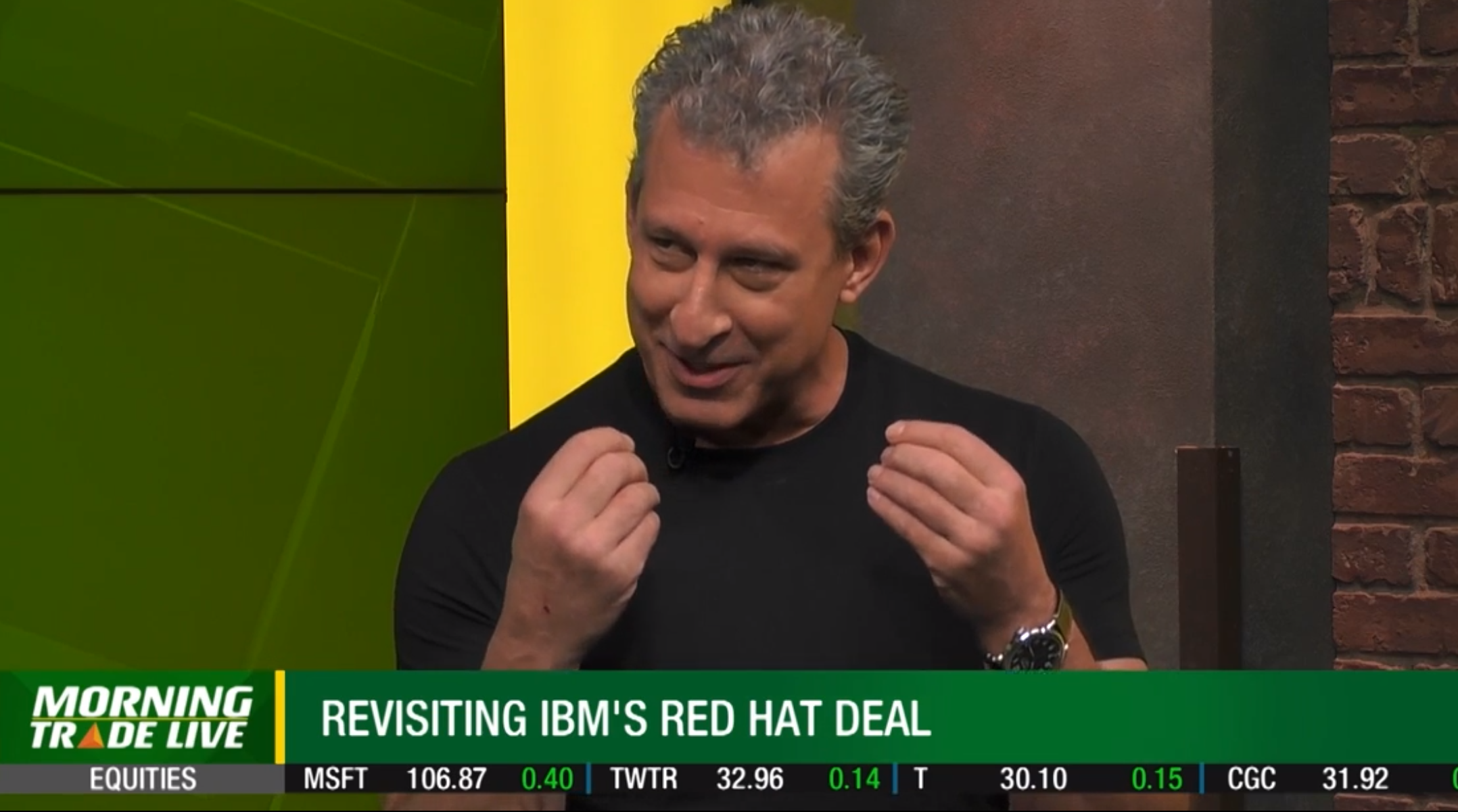Understanding FinTech #Transformation:
In this THIRD of a five part video blog series Jim Jockle, CMO of Numerix sits down with Paul Rowady, Director of Research at Alphacution to discuss the concept of #Transformation. Jim and Paul provide their perspectives on the latest examples of transformation they’re observing in the financial services industry specifically around the cross section of IT spending trends, software vs hardware investment, human capital expense, IT infrastructure, data management and risk analytics innovations. The five segments cover:
- Defining #Transformation within Financial Services
- Quantifying #Transformation
- The Cost of #Transformation
- #Transformation and TCO: Hewlett Packard Enterprise & Deutsche Bank Case Study
- Investing in #Transformation: What’s the ROI?
Video 3: The Cost of #Transformation
Jim Jockle (Host): Hi, welcome back to Numerix video blog, I’m your host Jim Jockle with Paul Rowady Director of Research at Alphacution Research.
Paul Rowady (Guest): Thanks, Jim.
Jockle: Paul, we’ve been talking about the spend and the investment, Software, Hardware, Opportunities, as it relates to infrastructure as a service, so let’s talk about the spend. We’re seeing an inordinate amount of money being invested, but also, we’re continuing to hear ongoing cost cutting initiatives and things of that nature. So, where is the tipping point? At what point does this investment start turning into cost savings? And you start seeing some of that trend in terms of overall efficiencies in performance based off of these investments.
Rowady: Well what’s difficult is its net cost savings. There’s so much skill shift and portfolio shift that it’s hard to determine. So our process is, I’ll make an individual model of a bank and then I’ll do that over and over and over again with different banks and I roll that up into a composite model so I can see how the landscape is shifting for this profile of the ecosystem. Now it happens to be a very, very important profile because it’s some of the biggest buyers of technology and solutions among anybody. I mean, as you references in the previous video, a JP Morgan or a Citi or a BofA we’re talking multi-billion dollar tech budgets per year. So I’m thinking that at this stage in the modeling it’s difficult. You may have serious cut backs in some business units, but yet a need for aggressively new investments in other areas of the business. So, you can’t detect it when you build a model; we’re actually developing new analytics to try and to get down to more levels. What we can observe so far is that there’s a ton of investment in the horizontal, in the enterprise play, if you will, because there’s so much more enterprise monitoring and enterprise level reporting that’s necessary for new rules that have all this alphabet soup: the Basel, the MIFID, the Dodd-Frank, even the KYC (Know Your Client), the whole new supply chain monitoring and management has an enterprise context to it which is causing massive shifts in legacy infrastructure, with new agile infrastructure, vs new enterprise developments. So that at least the new software capabilities sit on top of the changing infrastructure satisfies these regulations.
Jockle: And yet you’re talking multi-diversified financial institutions. You’re talking investment banking, wealth management, asset management, different needs. Is there a single platform that’s going to cut across? Or is it still investments by business units and even managing just Chinese walls?
Rowady: Well so I’ve argued for a while now that the special sauce actually goes higher in the proverbial stack. In other words, as the plumbing and networking and storage and compute and the location of stuff becomes more democratized and commoditized, that becomes ripe of some kind of partnering, hybrid, outsourced; you no longer want to be in the business of proprietary manage of commoditized and democratized functionality. You want to move that out, and move your investments for custom developments and proprietary management higher in the stack where you’re dealing with information design, service level, and the point of contact with your end user and your clients. That’s where your special sauce is going forward, not in the management of the plumbing. Now it takes time because there’s a lot of teams in place that are managing legacy infrastructure and legacy installations, there’s a lot of fragmentation of application infrastructure. That takes time to unwind, especially at large organizations, but that’s really the fulcrum that I think is consistent across a lot of these organizations in terms of how am I going to deliver more value to the end users? How am I going to penetrate further into the business, while at the same time, trying to diffuse the cost pressures? That has to come out of these lower levels, does that get to your question?
Jockle: Absolutely, Paul. And thank you so much. We’re going to be right back, sitting in on our conversation with Paul Rowady Director of Research at Alphacution.



